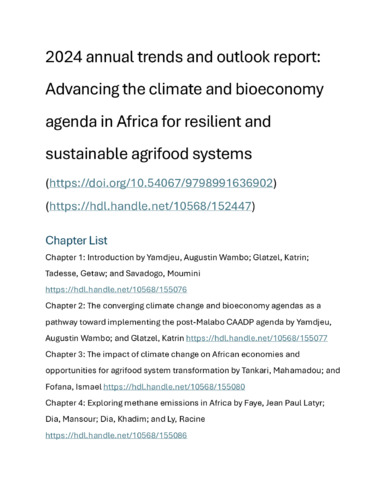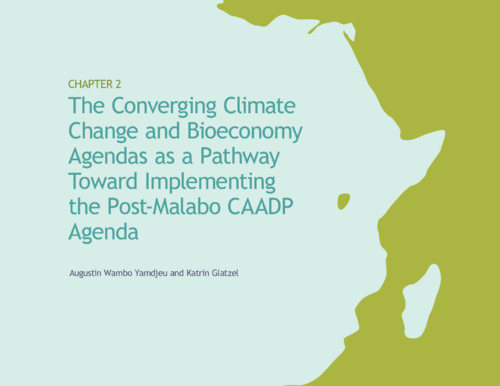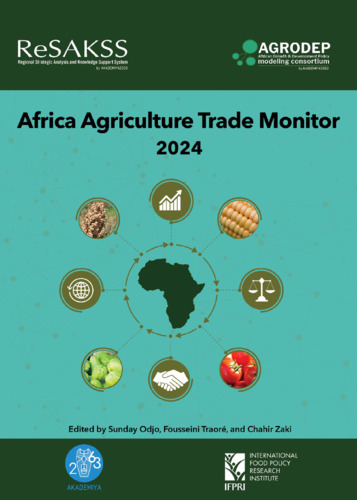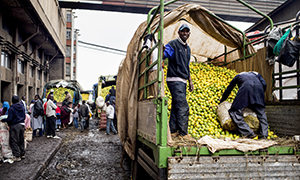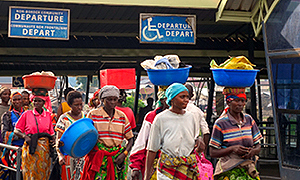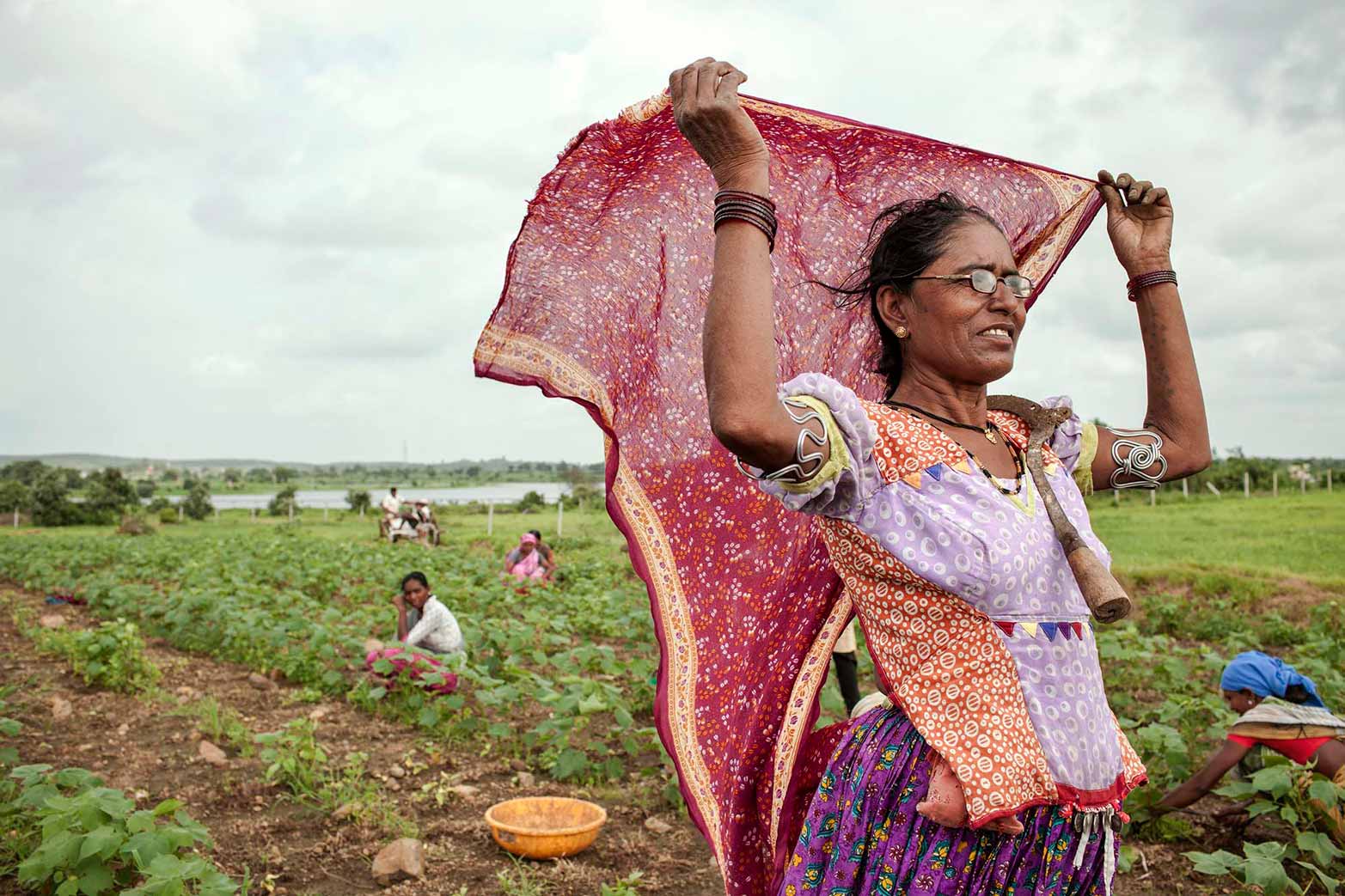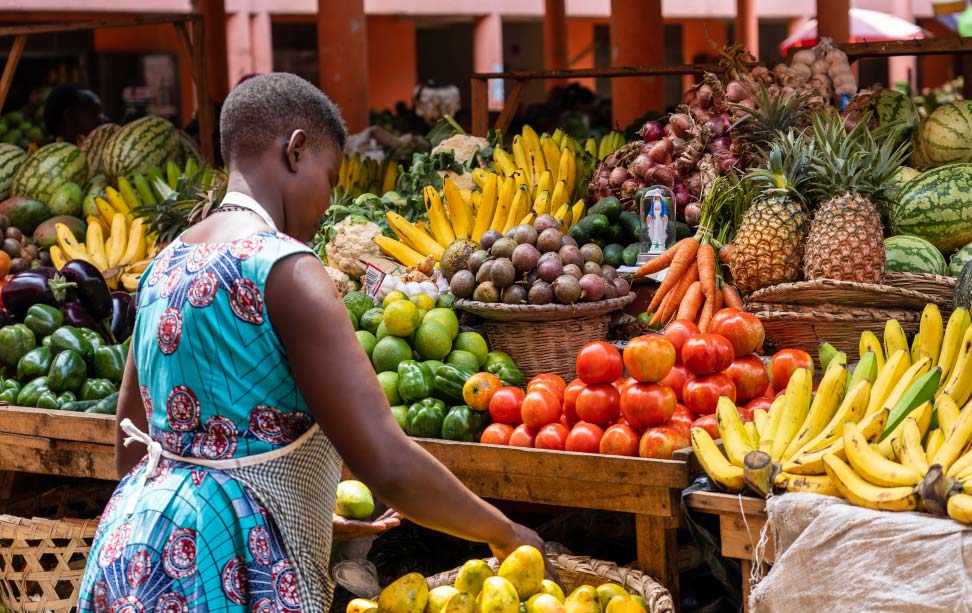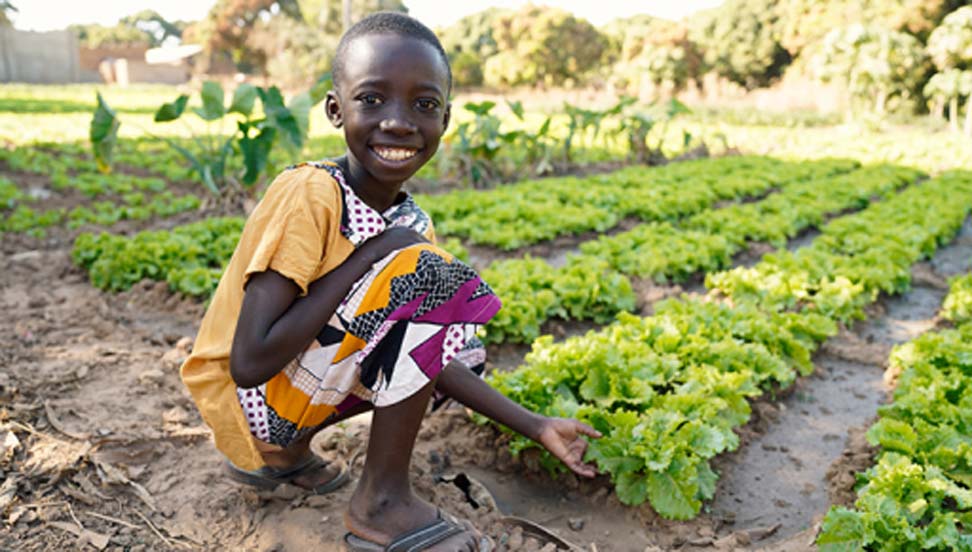The converging climate change and bioeconomy agendas as a pathway toward implementing the post-Malabo CAADP agenda
In June 2014, the African heads of state and government adopted the Malabo Declaration on Accelerated Agricultural Growth and Transformation for Shared Prosperity and Improved Livelihoods. The declaration contains a set of concrete goals to be attained by 2025, known as the Comprehensive Africa Agriculture Development Programme (CAADP), which in turn functions as the main policy framework for the African Union (AU) in the agricultural sector. The declaration thus provided a new direction for a more focused approach to achieving the continent’s vision for agricultural growth and transformation (AUC 2014). According to the African Union Commission (AUC) and the African Union Development Agency (AUDA-NEPAD), the CAADP was designed as a practical instrument and framework through which Africa was going to drive efforts to achieve the Millennium Development Goals. The importance of evidence to inform policy design and implementation, inclusive participation of multiple stakeholder groups at all stages of the policy process, and mutual accountability for actions and results are at the heart of the CAADP. These principles help formulate high-quality policies and ensure that successful policies are scaled up while unsuccessful ones are adjusted. Since the adoption of the Malabo Declaration, 10 years have elapsed, and considerable progress toward achieving some of its targets is visible across the continent. With the lifespan of the Malabo Declaration coming to an end, the AU proactively initiated the design of a new 10-year strategy, covering the period from 2026 to 2035. As Africa has embarked on designing this successor strategy, it faces multiple complex challenges compounded by the climate crisis. With the opportune timing of this Annual Trends and Outlook Report, this chapter explores how the convergence of the climate change agenda and the transition to a bioeconomy will shape future strategic political decisions across the continent, effecting an equitable and sustainable transformation of agrifood systems. Thus, the bioeconomy can be a solution to future challenges resulting from climate change (for example, climate adaption) vis-à-vis the challenges of avoiding the unsustainable use of natural resources (through climate mitigation, land use change, and the sustainable use of inputs). Simultaneously, the bioeconomy will generate opportunities for new markets—including markets for bioproducts, bioenergy or food based on insects or waste, and carbon engineering (markets that are discussed in Featured Issue 1).
Authors
Yamdjeu, Augustin Wambo; Glatzel, Katrin
Citation
Yamdjeu, Augustin Wambo; and Glatzel, Katrin. 2024. The converging climate change and bioeconomy agendas as a pathway toward implementing the post-Malabo CAADP agenda. In Advancing the climate and bioeconomy agenda in Africa for resilient and sustainable agrifood systems, eds. Getaw Tadesse, Katrin Glatzel, and Moumini Savadogo. Chapter 2, Pp. 7-16. https://hdl.handle.net/10568/155077
Keywords
Africa; Sub-saharan Africa; Caadp; Climate Change; Bioeconomy
